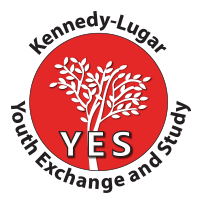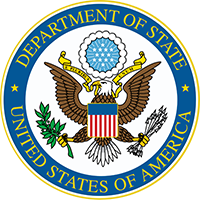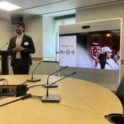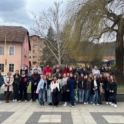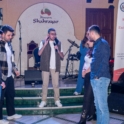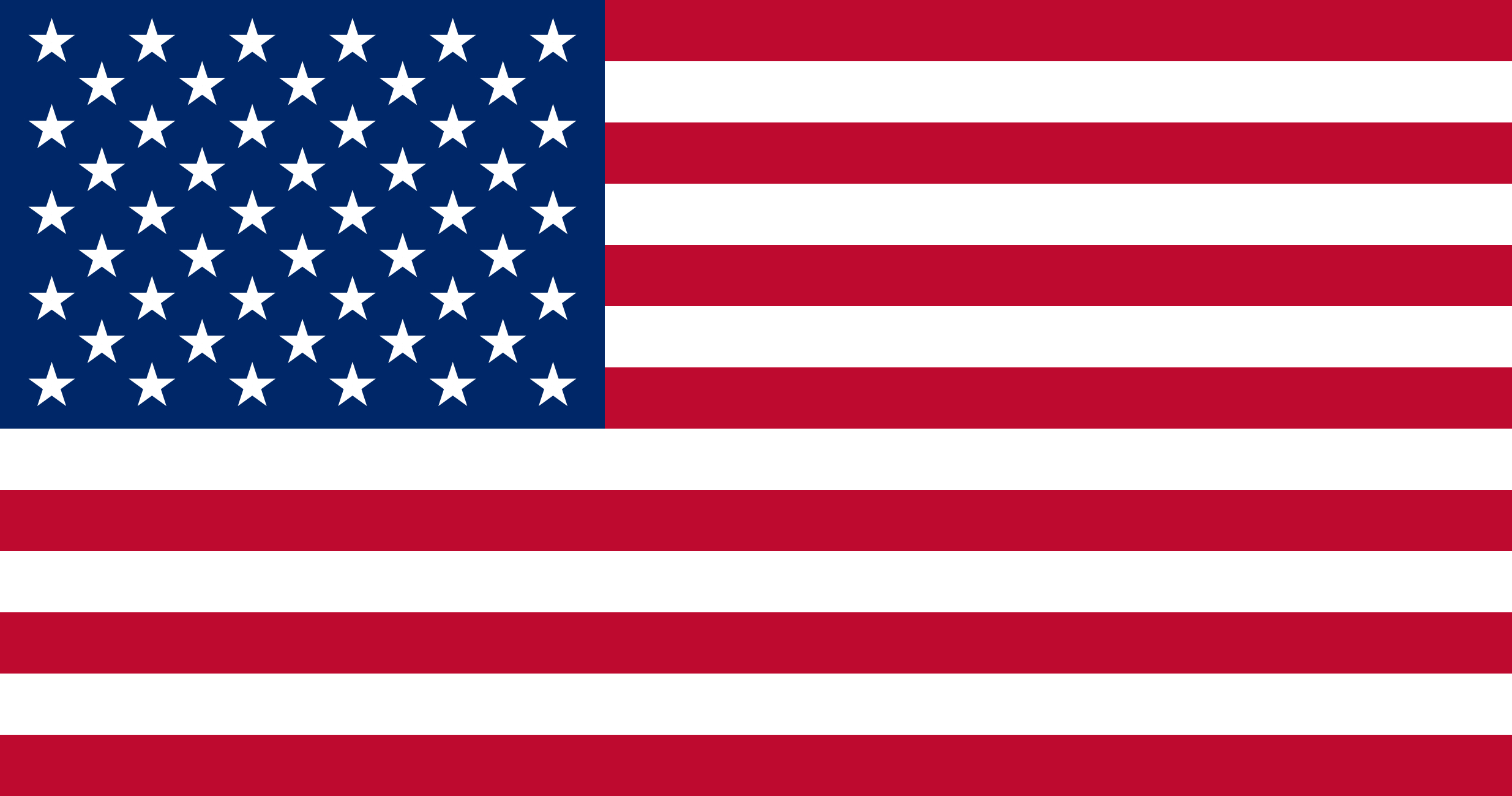Abdulaziz reflects on the highlights from serving as a mentor for CEW.
STORIES
YES Alumni Grant: Accessible Technology for Deaf Youth
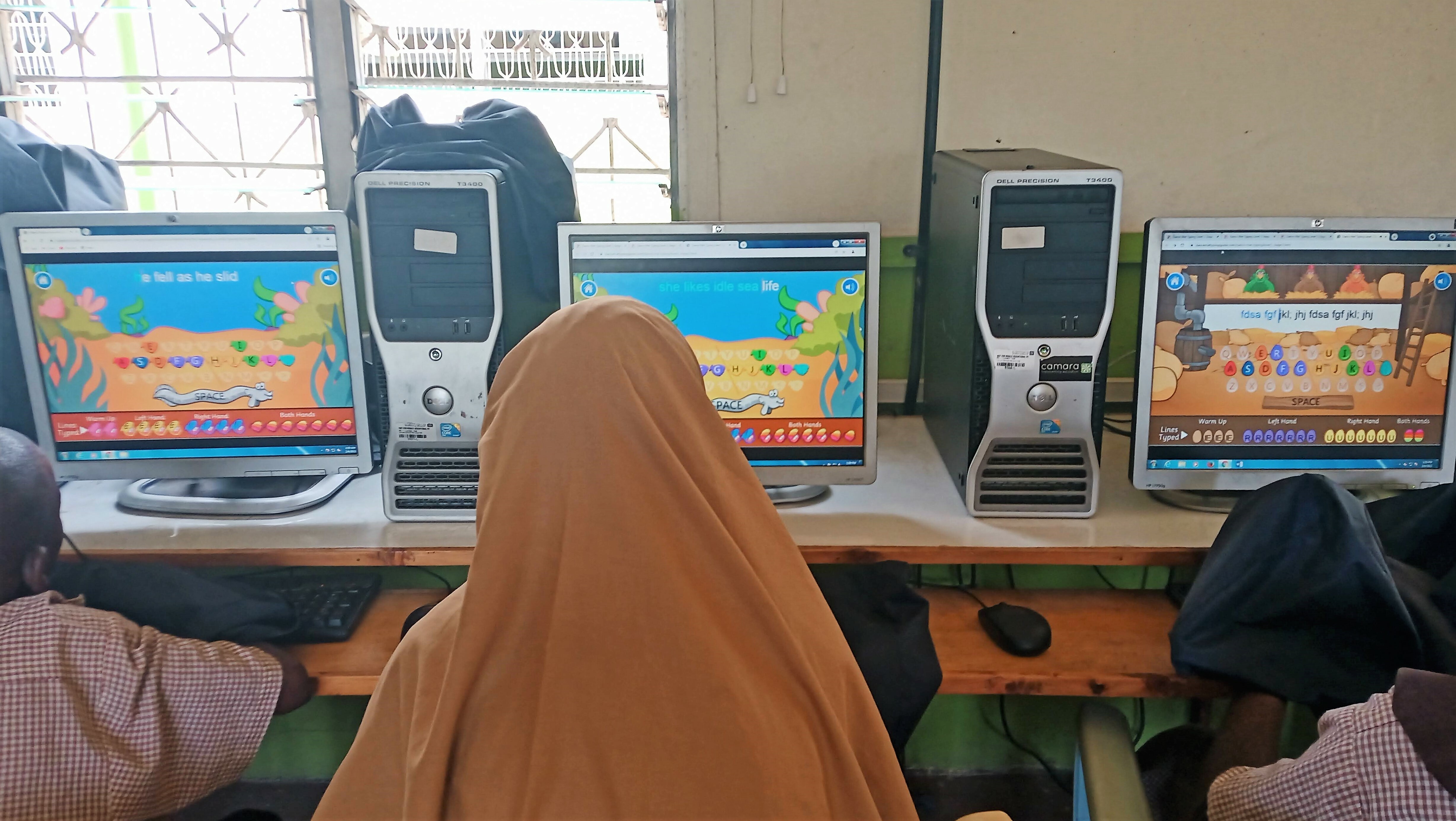
By Amina Suleiman (YES 2012-2013, Kenya, placed by PAX in Fort Collins, CO)
I am an information technology graduate currently transitioning into a software development role. Throughout my time at university, I was an avid volunteer, which allowed me to build skills such as problem solving, decision making, project management, and public speaking.
My time at university combined with my experience volunteering while on my YES exchange influenced me to give back to my community in Kenya. I’ve volunteered as an organizing secretary for the Muslim Union Association at my university where I planned events, like community fundraising activities and inter-university conferences. I’ve also volunteered as a Technovation student ambassador, coach, and mentor, where I worked with other students and industry professionals to mentor young high school girls on problem solving within their community through mobile application prototyping and entrepreneurship.
Through Technovation, I saw the benefits of introducing technology programs to the girls I was mentoring. We saw self-confidence and problem-solving skills increase, and we unlocked future STEAM innovators and leaders. I wanted to replicate the same experience for students from a disadvantaged background but through a disability lens; it was something new for me. There’s still a disproportionate underrepresentation of women working in STEM, and people with disabilities (PWDs) are not even part of this minority statistic. I wanted to spearhead this project and do something about this problem.
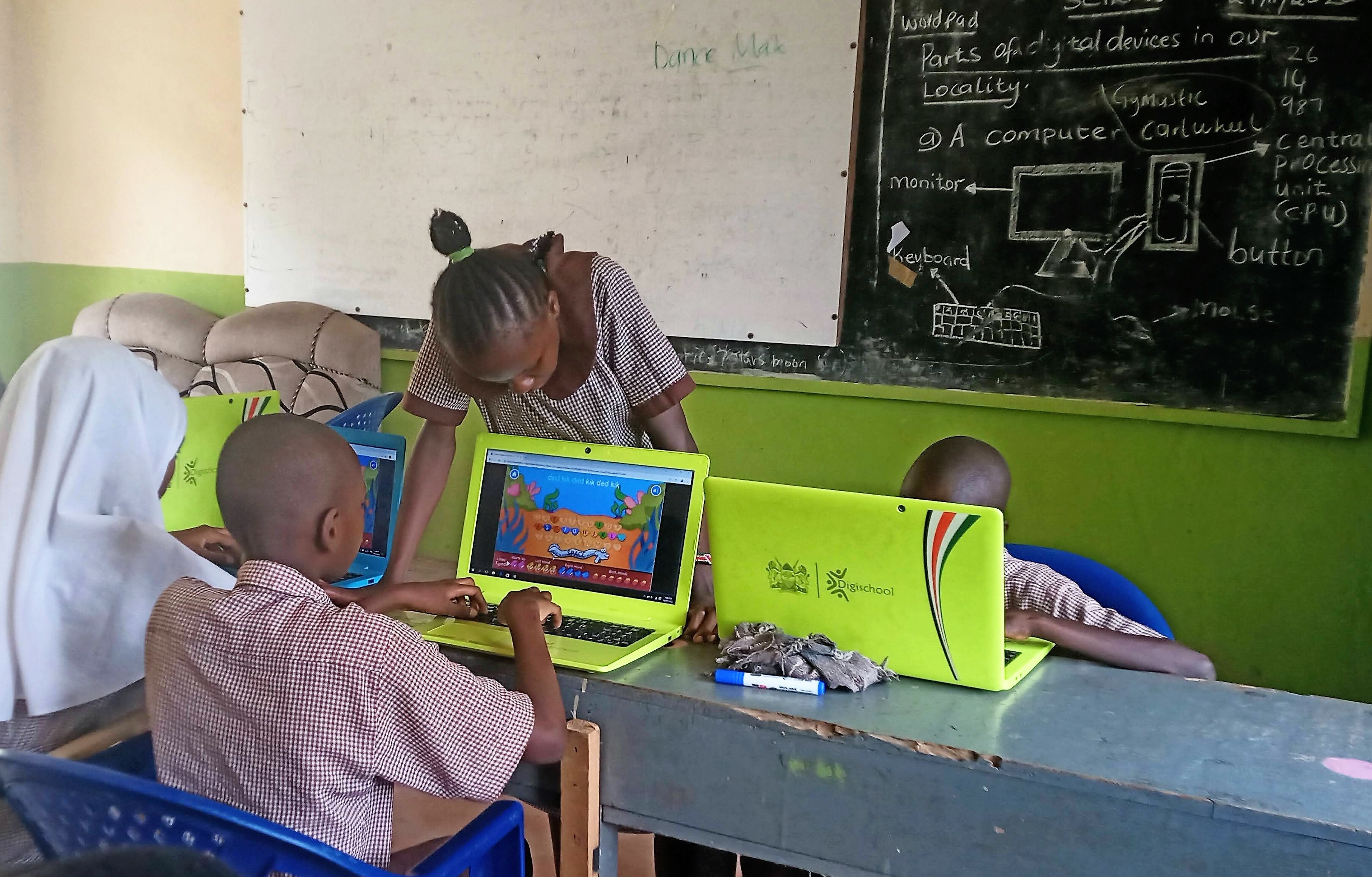
With funding from the YES Alumni Grants program, we were able to hold a three-month workshop at a local deaf primary school, where we successfully had 11 sessions of basic ICT skills and introduction to Scratch programming through the GoogleCS program. I was also able to introduce an internet infrastructure layout in the classes in the hopes of advocating for assistive technology in the classrooms in the future.
The project worked with 27 students directly but given the future availability of the infrastructure in place, it will impact hundreds of other students and teachers. Also, I was able to take sign language classes to be able to facilitate the sessions. I read extensively prior to starting the project, sent cold emails to people I saw advocating for the socioeconomic empowerment of PWDs, and even took courses on inclusive education that informed me of the importance of assistive technologies in bridging the gap of access to information and opportunities.
Through this project, I formed partnerships and collaborated with various people. We worked with Shireen Hafeez of DeafKidsCode in Indiana and with Elly Savatia of Veezaviz Assistive Technology startup in Kenya. Shireen has been a great source of inspiration and guidance, since she’s leading a similar program in the U.S. on a larger scale. Veezaviz is not only developing assistive technologies to bridge communication between the deaf and hearing communities, but the startup is also empowering deaf youth in Kenya through ICT training that helps youth gain employable skills for the workforce.
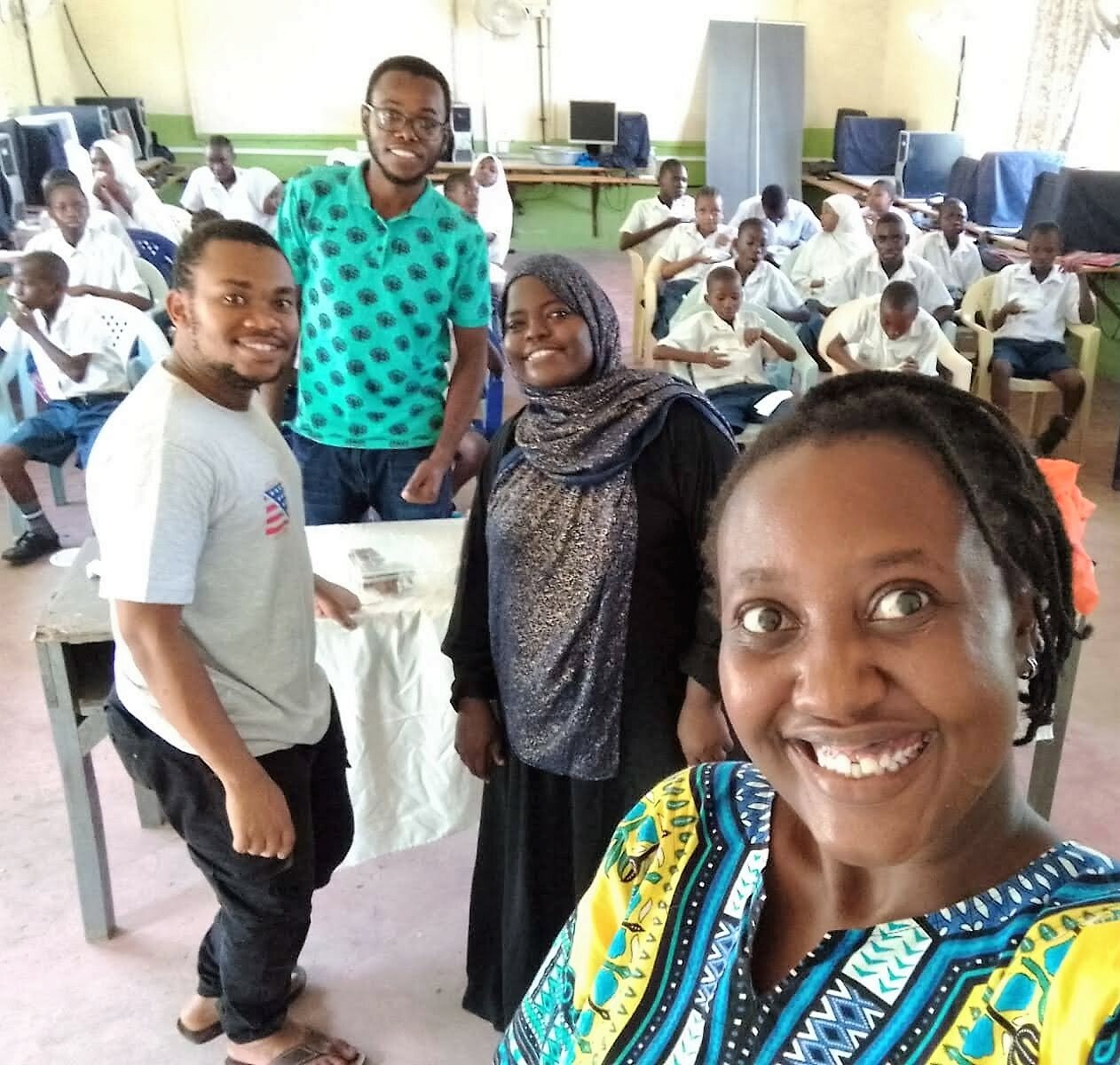
The socioeconomic standing of PWDs needs to be addressed, and I am glad to be part of a team hoping to bring such opportunities to my immediate community. My hope is that the deaf community and other PWDs can live a life filled with opportunities. I hope that, as a nation, we can make the world more accessible to all and that technology can be the great equalizer for accessing opportunities in this new world.
Exchange programs aim to bring about appreciation and learning between different communities. For this project, a bridge of understanding was created, and there’s hope for improving and impacting so many people's lives.
I’d like to extend my heartfelt gratitude to my project team and partners and to the sponsors of the YES program, the U.S. Department of State, Bureau of Educational and Cultural Affairs. Finally, to the AFS Kenya office, thank you for the encouragement and the constant support.
